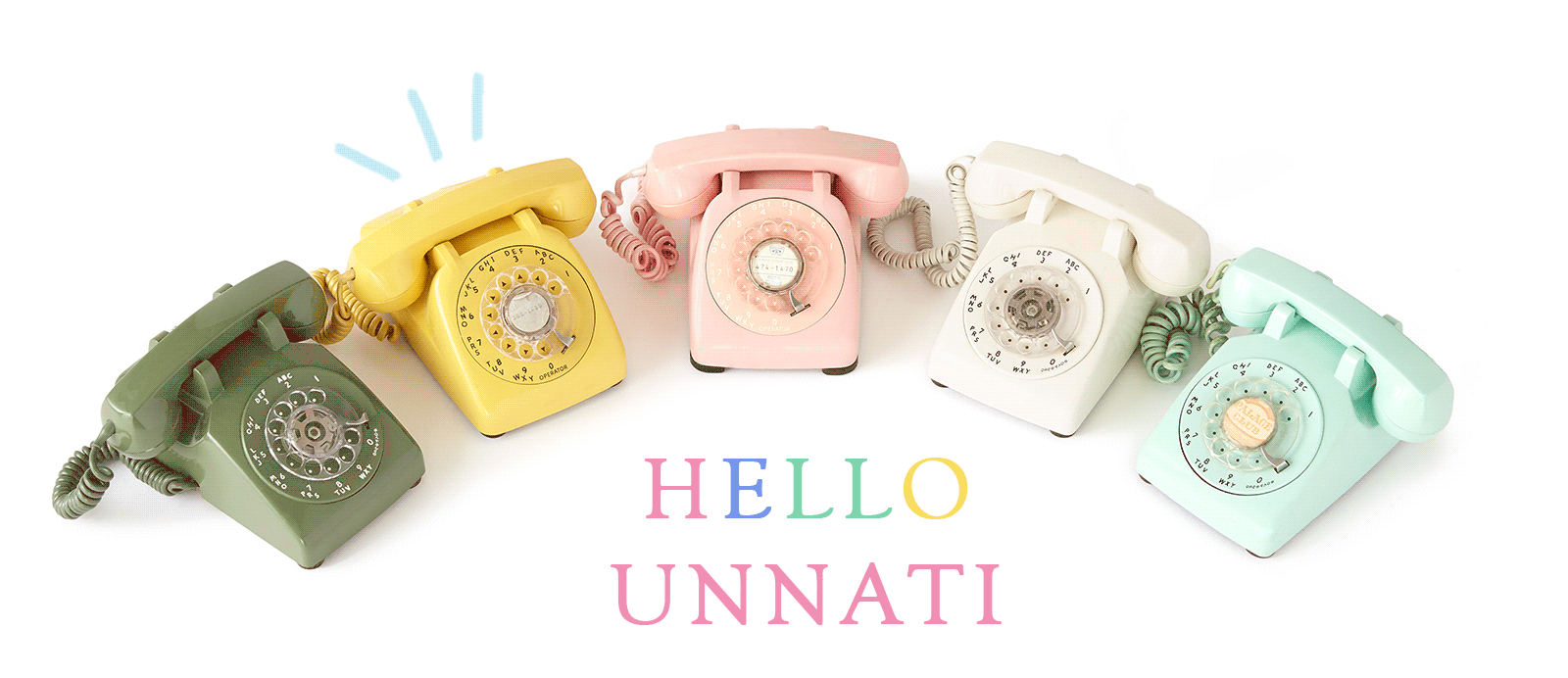Designer Paithani sarees of Maharashtra, India, to buy online, Unnati Silks
WEAVER'S WORLD / AURANGABAD / TEXTILES - 1
AURANGABAD
Paithani is a sari made of silk and zari. Let us see briefly, the process involved in the making of a Paithani saree. The Paithani is a plain weave with weft figuring designs that hinge on the principles of tapestry. The traditional Paithani would have a colored cotton muslin field that often contains considerable supplementary zari patterning. In the 19th century silk fields were also woven. There are three types of silk threads that are used. Charkha – widely used cheap quality silk, dull, uneven. Ciddle Gatta – Fine quality silk, thin, sheer, shiny, smooth, even. China silk – Very expensive silk and rarely used.

The Lustre of the traditional Paithani silk saree
The traditional Paithani sarees of Maharashtra speak of finery that has sparkle and dazzle. A rich fabric that employs pure silk threads and silver dipped zari, it is a garish display that makes the saree both high-priced and special. A traditional fabric of rich finery, the Paithani saree is a splendid combination of pure silk and fine silver zari, exquisitely hand-woven and adorned with beautiful motifs.

The special feature of the Paithani silk saree
This grand saree is known for its characteristic borders and the peacock design on the pallu. The rich-look Paithani sarees have a plain or spotted body, a characteristic square design with its variations on the coloured borders and a typical Peacock design on the pallu or end-piece. Known for the more popular kaleidoscopic variety that displays a fine shimmering effect on account of more than one coloured silk thread being used in the weave, this saree of pure silk and silver zari is not only costly but also a much sought after and prized possession on account of the richness of the fabric. A plain weave, the Paithani gets its exquisite look from the special way in which the pure silk weft interstices with the silver zari on the warp. There could be two different borders for the body which would involve different silk wefts for the borders and body. Additional complexity would come in when the pallu is also taken up separately. This not only calls for skill but tremendous calculation as well. The silver zari on the warp is so fine and tightly maintained that it forms a silver carpet with tapestry that is dazzling. Times of golden zari are few and far on account of the prohibitive cost. The silk used in the weft is Charkha silk and Sidlaghatta silk whereas filature silk is used for the warp. The Paithani is today affordable to a sizeable section of the market. On account of the purity of materials and the elaborate finery, the saree is quite heavy and worn for exclusive occasions only. It is jealously treasured to be displayed on those weddings, festivals, functions, grand parties, that call for it.

Contact US
We will get back to you shortly!

